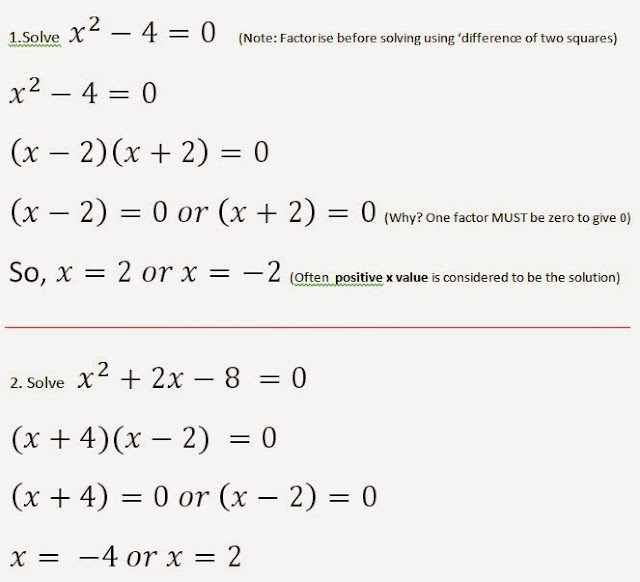The article discusses the proceeds generated from the PNG LNG sales within the first five months of operation. It addresses contradictions in the Prime Minister's statements and raises concerns about possible misinformation and irregularities in handling the country's revenue.
*Calculations are based on responses from the Prime Minister, Peter O’Neill, when questioned Don Polye and Sam Basil.
ExxonMobil PNG LNG project
The PNG LNG project, launched on 26th May 2014, has witnessed 12 shipments of liquefied natural gas reaching Japan within a span of just five months.
With a significant investment of USD$19 billion, the project is estimated to continue production for the next 30 years. However, recent statements by then Prime Minister Peter O'Neill have sparked debates over the actual revenue generated from these initial shipments.
According to Prime Minister O'Neill's response to questions posed by Don Polye and Sam Basil, the proceeds from the sales of these 12 LNG shipments amount to more than US$600 million. This indicates a promising start to the project's revenue generation. However, further scrutiny reveals some irregularities in the Prime Minister's response that warrant attention.
The first contradiction lies in the projected duration of the LNG project. While media outlets and Exxon Mobile claim a 30-year lifespan, the Prime Minister mentioned a 20-year duration during his response. This discrepancy of 10 years could potentially result in a loss of one-third of the projected revenue. Such inconsistencies raise concerns about the accuracy of the information provided to the public and stakeholders.
EXXON MOBIL PNG LNG PROCEEDS
The second concern arises from the PNG government Hansard, which highlights the Treasurer's previous statement about an undisclosed amount of the government's cut being kept in Trust Accounts during a parliamentary debate. However, the Prime Minister's response contradicts this, creating confusion among the international community and stakeholders. Transparency and consistency in communicating financial matters are essential for fostering trust and confidence in the project.
Furthermore, the Prime Minister's assertion that the revenue will start flowing into the government's coffers from 2015 onwards raises eyebrows. The decision regarding revenue allocation typically rests with the company's board of directors, rather than the Prime Minister or the government. This statement prompts further inquiry into the management and oversight of the project's financial affairs.
Summary:
In summary, the PNG LNG project has seen initial success, generating over US$600 million from 12 shipments within five months. However, discrepancies in the Prime Minister's statements regarding the project's duration and the handling of revenue distribution raise concerns about misinformation and irregularities. Clear and transparent communication is crucial when dealing with substantial amounts of the country's currency, and it is essential to address these issues promptly to avoid any potential long-term consequences. The government must prioritize accuracy and accountability to ensure a successful and sustainable future for the PNG LNG project.
By the start of production, the Project had spent nearly 11 billion Kina (US$4.53 billion) on combined Lanco and non-Lanco services #PNGLNG
— ExxonMobil PNG (@ExxonMobil_PNG) October 17, 2014












